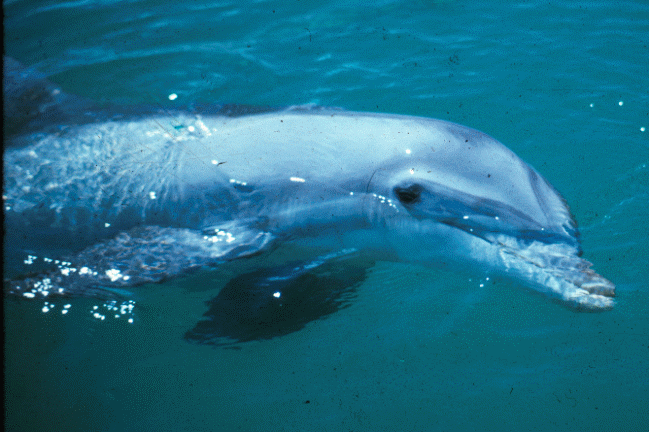
Fish Hearing
Heptuna
Fish Hearing Research
My research on fish hearing, often done students and colleagues, has covered a wide range of topics. Some of this work is described in the links on the right. Go to my publications page and my CV to see a complete list of my publications. Also look at my page on anthropogenic sound to learn about our more applied work.
Also look below to see magnificent illustrations of the fish ear and auditory system by the discoverer of the Weberian ossicles, Ernst Weber.
Fish Hearing Specialists & non-specialists
In 2011, my colleague Richard Fay and I proposed that investigators drop the terms “hearing specialist” and “non-specialist” (or generalist) since they were quite confusing. However, in a paper just published, Anthony Hawkins, Joseph Sisneos, and I have proposed that these terms can and should be used, but in particular ways. See this link to learn more about our proposal.
Meet Heptuna
The picture in the page header is Heptun, a dolphin (Tursiops truncatus) that we worked with in Hawai’i in the early 1970’s. My student, Donna McDonald Renaud, did the first study ever done. to examine the sound localization capabilities of marine mammals. Read about Heptuna in an article about his contributions to marine mammal hearing research and about the sound localization study.
The picture at left shows Heptuna in his study tank located in Kaneohe Bay on the North Shore of the island of Oahu. The picture shows the shed in which equipment was housed, with Donna outside of the shed.
Learn more about Heptuna in an article in AcousticsToday.
Ernst Heinrich Weber
Ernst Weber was on of the early pioneers in fish hearing. In 1820 he published a monumental book entitled De Aure Animalium Aquatilium which provided detailed anatomical drawings of the head and ears of a variety of fish species. One of the things he described were a set of bones that connect the inner ear to the swim bladder in Otophysan fishes. These bones, which are now known as the Weberian ossicles, are thought to enhance hearing in these fishes.
To download a copy of a number of the plates from this book in a zip file go to: Weber Pictures.
You can find English captions for the figures in the book Sound Reception in Fishes edited by Professor William N. Tavolga (1976). This book, which contains translations into English of a number of very important research papers on fish hearing is no longer in print but you can probably find it in many libraries.
You can see the original book at Weber book. Figure legends are also in this book and translation is relatively easy.
These images were taken from a copy of Weber that is in the library of the American Museum of Natural History in New York City. Dr. Tavolga had one of the photographers at the Museum take the pictures from the book. The photographer spent a good deal of time on this, and using various photographic techniques (this was in the 1970's so there were not digital techniques to improve images) he was able to remove many of the signs of age from the images, including watermarks and yellowing.





